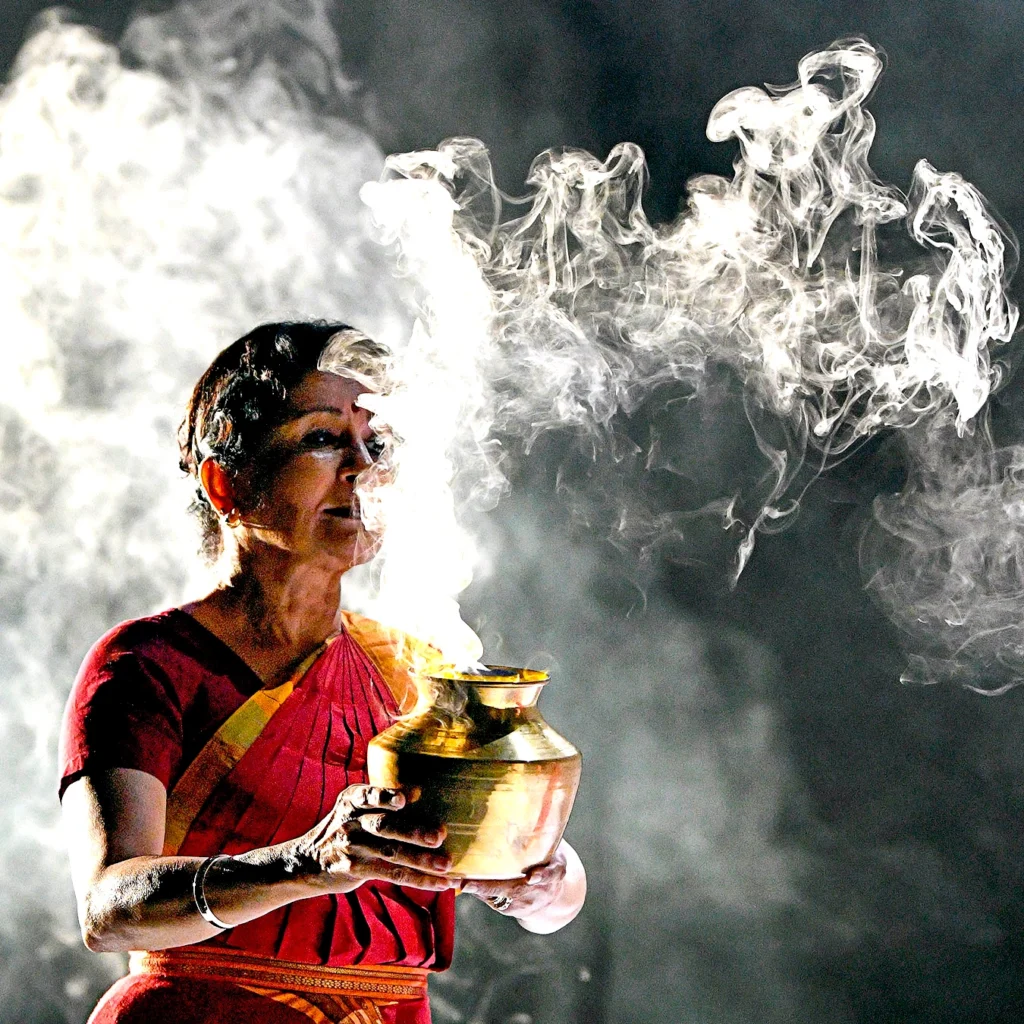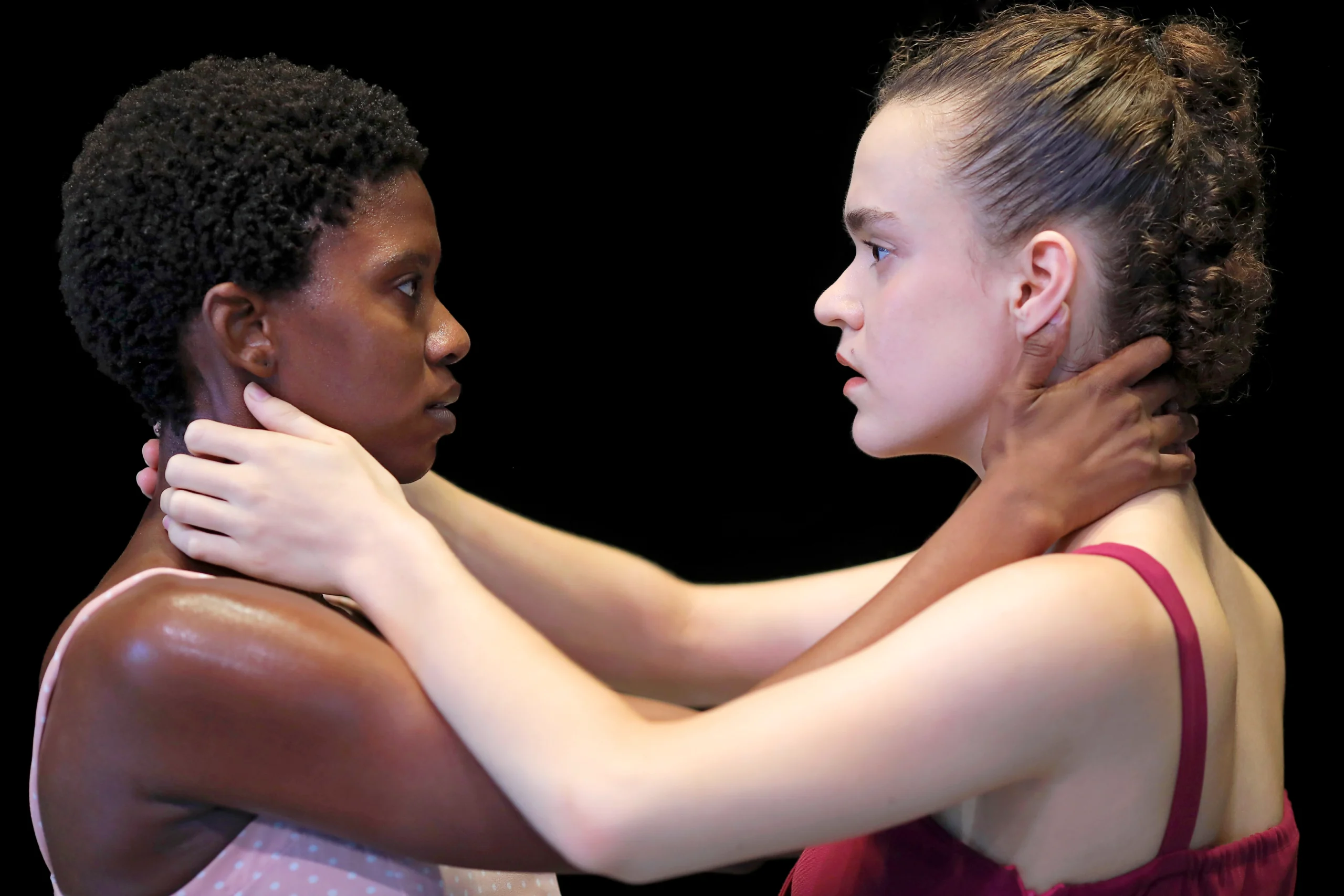3 Ways to Incorporate Visualization Into Your Dance Practice
Visualization can be a powerful tool for dance artists. Choreographers might share an image to help dancers embody a certain step or phrase. Students are often encouraged to think of foundational steps in terms of sensory experiences, like moving through honey. Gaga, the movement language developed by Batsheva Dance Company house choreographer Ohad Naharin, uses imagery to spark dancers’ imaginations. “Images are a shortcut to a specific type of movement,” says Batsheva dancer Yael Ben Ezer. Here’s how to use visualization effectively in your dance practice.
Tune In to Your Senses
Visualization cues often draw from the world outside of dance to bring new understanding to a step or phrase. Because of this, it’s important to take notice of sensory experiences beyond the studio and consider how these observations can bring texture and nuance to dancing. “Connect to the textures of the world, the feeling of the world, the feeling of ‘If I’m cold or if I’m hot, it will look different in my body,’ ” Ben Ezer explains.
Ranee Ramaswamy, the founder and co-artistic director of Ragamala Dance Company, says that incorporating visualization allows dancers to breathe life into each step by pulling from their own experiences. “The most important thing is to identify what you intend to see,” she says. “Recognize and show what you see, see what you show, and feel what you see in a way that might also be seen by the audience.”
Investigate the “Why”
Honing your powers of visualization can help you explore the impetus for your movements—their purpose, as well as their form. “In ballet, if I’m straightening my leg, I will not just think of straightening my leg, but I will try to imagine what the behavioral aspect is—why did I stretch my leg?” Ben Ezer says. She adds that, during tendu it can be helpful to visualize your bones pulling outside the flesh, “so the goal of the tendu is not to arrive to this clear form, but to keep lengthening your leg.”

Ramaswamy explains that visualization allows performers to consider the details of the story they’re sharing. In bharatanatyam, which is her specialty, this comes after years of practice—both inside the studio, with dance, and outside the studio, with topics like mythology, philosophy, and psychology.
“It’s not just walking through a garden and showing a tree or a waterfall,” she explains. “There is also a more complex way of visualizing. For example, if there is a line of poetry [you’re portraying] that says ‘Accept me at all times,’ where nature becomes a metaphor for love, then it takes on heavier visualizing.”
Draw Upon Acting Skills
Visualization can feel similar to acting, Ramaswamy and Ben Ezer say. If you don’t have an acting background, using this skill might feel unusual—but taking moves from an actor’s playbook can be beneficial for dancers. Ramaswamy encourages dancers to build on the foundation of their sensory experiences while honing acting skills, too. This can help make the world onstage feel more like the reality we experience offstage. “If you’re showing a little ball of butter, you have already felt the butter, you have rolled a piece of butter, you have held the butter,” Ramaswamy explains.
Acting doesn’t mean overdramatized or exaggerated movements, Ramaswamy reminds dancers. “It has to be convincing to you, truthful to you so that it’s truthful to the audience.”





